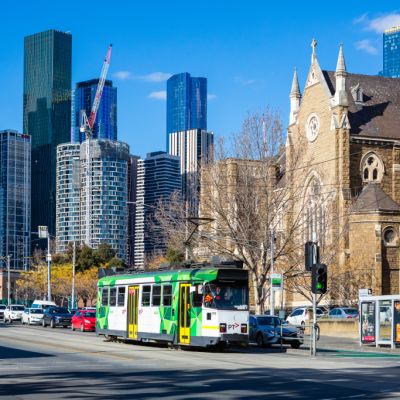Understanding land tax in Victoria in 2025: What investors should consider

Land tax in Victoria has become a key concern for property investors, with the government introducing two significant tax reforms in recent years through the state budget.
With significant changes ahead in 2025, it’s essential for property owners to stay informed about how these updates might impact their investments.
Shemarrah Davis, solicitor and founder of Quick Settle and Davis & Le Lawyers, points out the significance of these changes to Victorian investors.
“Victoria’s property tax framework is one of the most complex in Australia and is designed to encourage land use and development, yet these reforms could see development and investment go interstate where the tax implications are less of a financial burden,” she says.
What is land tax, and who needs to pay it in Victoria?
Land tax is a yearly tax that property owners in Australia need to pay if the total value of their land holdings (excluding their principal place of residence) exceeds a certain threshold, which differs from state to state.
The tax is calculated on the combined value of all taxable land owned as of January 1 each year.
While your family home is generally exempt (along with a few other exemptions), properties like investment homes, holiday houses and vacant land might be subject to this tax.
Land tax applies whether you’re an individual, a company or a trust, so it’s important to understand how your holdings are structured to know what’s taxable.
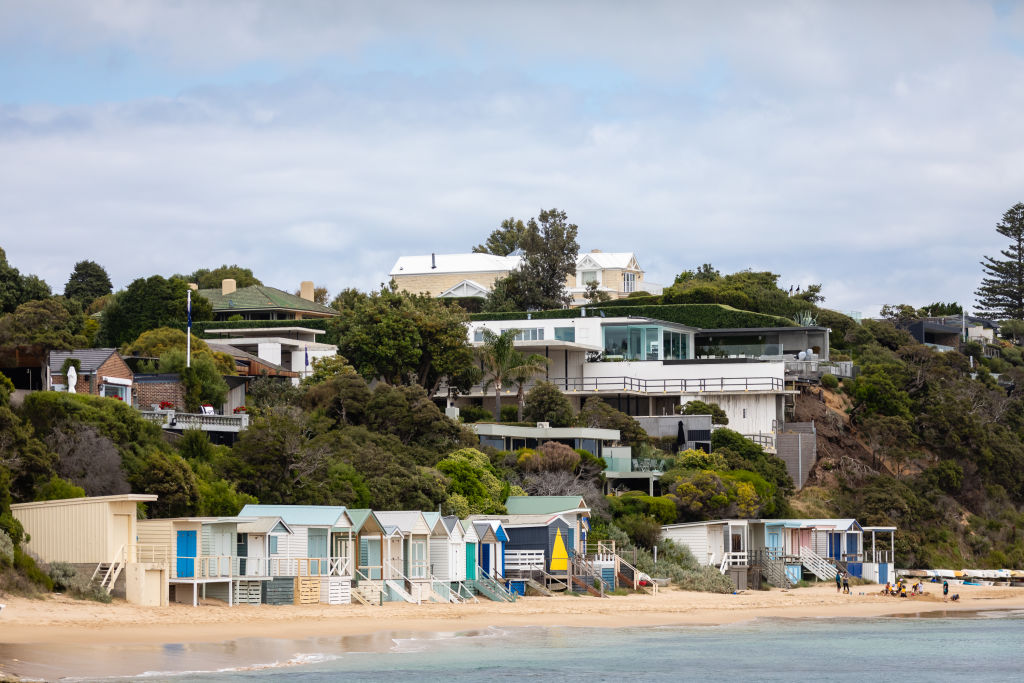
What are some key changes to land tax in Victoria in 2025?
The first significant changes to land tax in Victoria affecting investors were introduced in 2024. The thresholds changed, and owners of high-value properties were faced with much higher tax liabilities.
The absentee owner surcharge was also raised in a bid to improve housing availability, pushing more investors to develop their property investments or sell them.
These changes saw a number of investors flee from Victoria to other states with lower tax rates.
Here’s what you should know about the land tax changes and recent developments in Victoria, and how investors can proactively prepare for the changes.

Vacant residential land tax (VRLT) now applies across the whole state
The most notable change in 2025 is the expansion of the vacant residential land tax (VRLT) to apply statewide.
Previously, this tax only applied to certain areas in inner and middle Melbourne, but now it impacts all vacant residential land in Victoria.
If you own vacant residential land and it has been unoccupied for more than six months in a preceding calendar year, you will be liable for this tax.
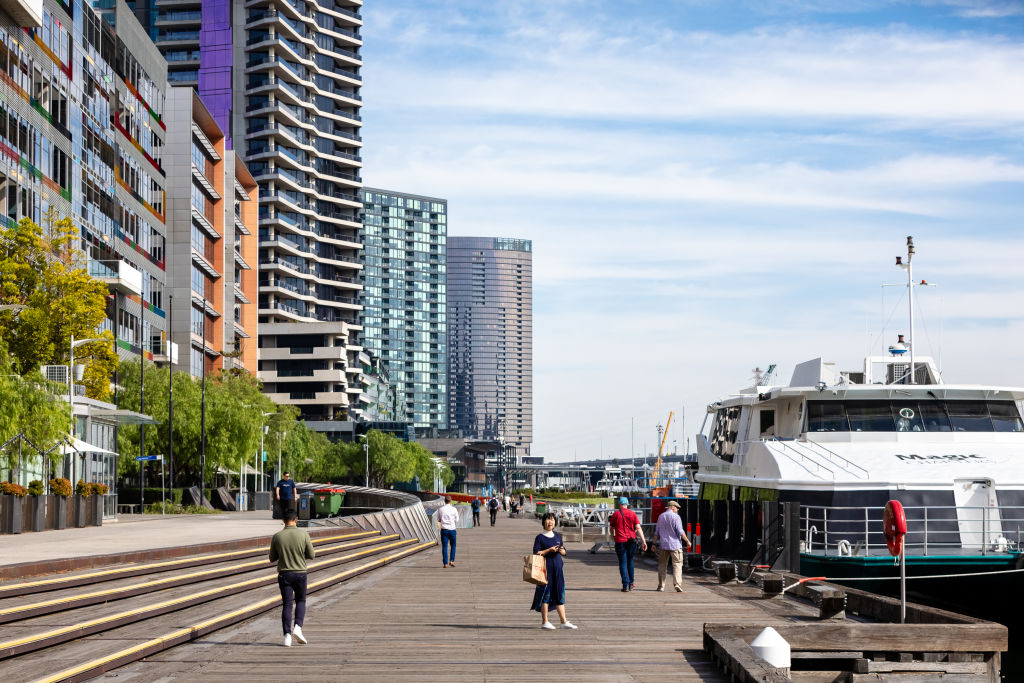
This tax, that’s in addition to the regular land tax, will be a significant cost to investors who hold vacant land as part of their property portfolio.
The tax starts at 1 per cent of the capital improved value (CIV) of the land for the first year of vacancy, and it increases in subsequent years, rising to 2 per cent in the second year and 3 per cent in the third year and beyond.
There are only a couple of ways investors can avoid this tax: by developing the land or leasing it out. If you own vacant land, now is the time to reassess your strategy, whether that means selling, developing, or leasing it to avoid these escalating tax rates.
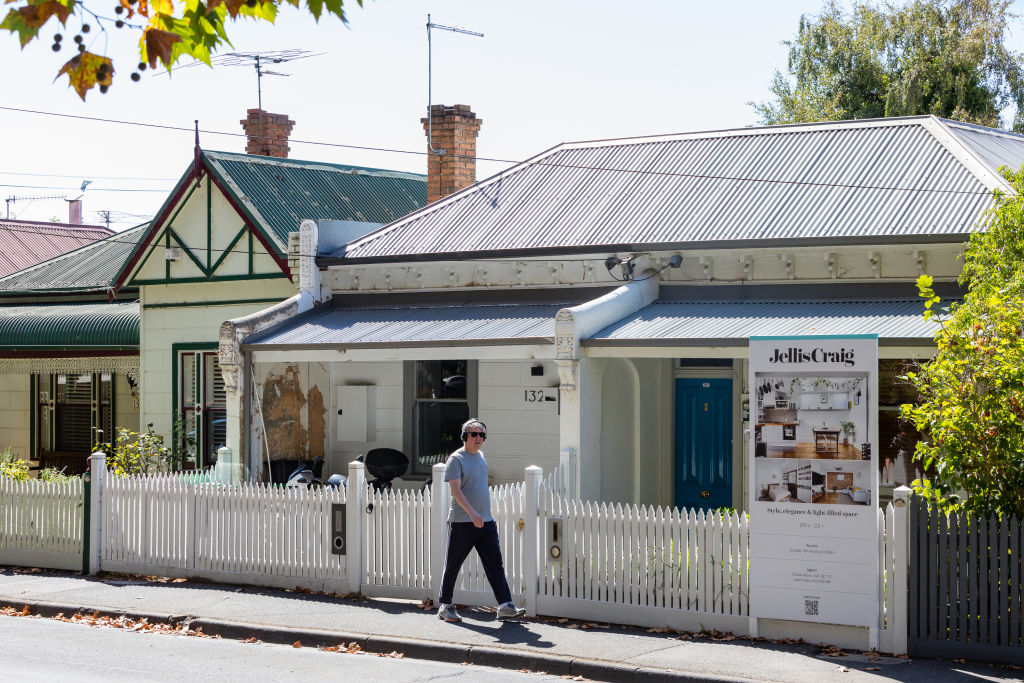
Absentee owner surcharge
The absentee owner surcharge has also been strengthened and risen steadily over the past few years to 4 per cent in 2024.
If you are an absentee owner – meaning you do not reside in Australia or you own land through a foreign corporation – you will be subject to an additional tax surcharge on your land holdings.
Investors who are absentee owners must notify the state revenue office annually by January 15 about their status.
Windfall gains tax impacting rezoned areas
The windfall gains tax (WGT) first came into effect in Victoria in 2023. This tax targets land owners with over two hectares of land who benefit from rezoning that increases the value of the land rezoned.
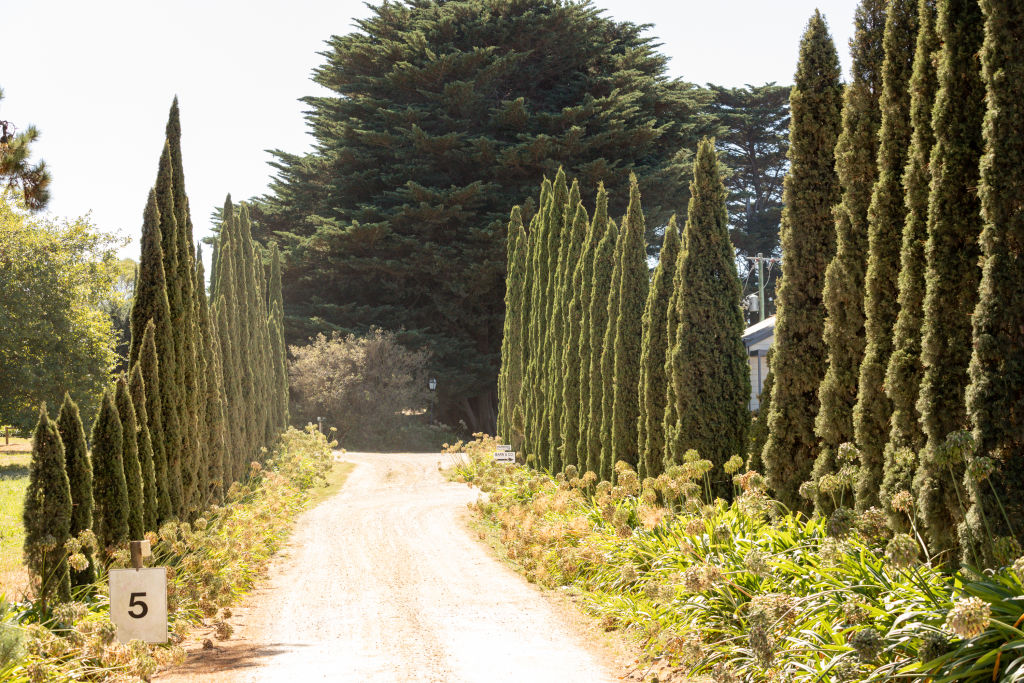
For example, if your land is rezoned from rural to residential or commercial, you will be liable for a tax on the increase in value.
The tax rate can reach up to 62.5 per cent of the increase in land value, making it a substantial cost for those who benefit from rezoning. For investors with land held in areas with potential rezoning, it’s important to consider how this tax could affect your overall returns.
“Planning for upcoming rezonings is critical. Being on the front foot by understanding upcoming zoning changes and obtaining accurate land valuations early will help, as the reforms have tightened exemption criteria,” Davis says. “It may allow you deferred payment options for taxes.”

Short-stay levy for Airbnb and other holiday rentals
A new tax introduced in 2025 targets short-term rental properties. The short-stay levy imposes a 7.5 per cent levy on rental income from properties that are listed on platforms like Airbnb and Stayz and that are rented for more than 90 days a year. This is a part of the government’s broader strategy to regulate the short-term rental market and address housing affordability concerns.
Investors who rely on short-term rentals as a primary source of income will be affected by this change. You’ll need to assess whether the levy, alongside other operating costs, still makes short-term renting a worthwhile investment.
What to consider when investing in Victoria
Davis says property investors in Victoria must be proactive in adjusting their strategies and recommends they review their property portfolios, especially for vacant or underused properties.
“Consider your cash flow management and make sure you do your own research as well as seeking financial advice to understand the impact these taxes can have on your property portfolio,” she says.
“For example, the combination of land tax and VRLT on an underused holiday home or the short-stay levy and land tax in relation to a small Airbnb property portfolio.”
In the face of these changes, she recommends investors first and foremost consult financial planners to maximise any tax deferrals, exemptions and concessions they might be eligible for.
We recommend
We thought you might like
States
Capital Cities
Capital Cities - Rentals
Popular Areas
Allhomes
More
